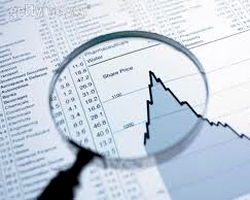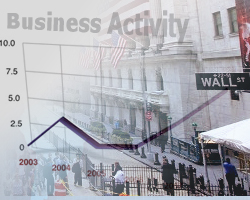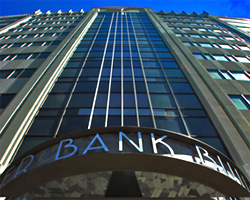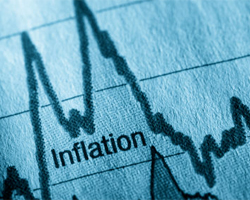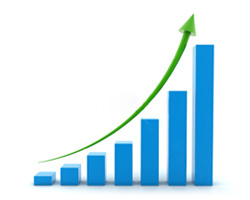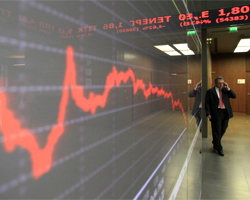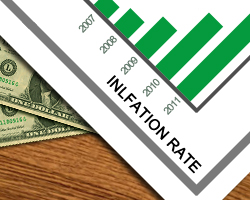InstaForex Gertrude
Active member
European Economics Preview: Germany Final CPI Data Due

Final consumer prices from Germany and unemployment from France are due on Thursday, headlining a light day for the European economic news.
At 1.30 am ET, the French statistical office Insee publishes unemployment data for the second quarter. The jobless rate is seen rising to 8.3 percent from 7.8 percent in the first quarter.
At 2.00 am ET, Destatis is set to publish Germany's final consumer prices for July. According to preliminary estimate, consumer prices fell 0.1 percent on year, following a 0.9 percent rise in June.
At 3.00 am ET, Spain's INE is scheduled to issue final consumer prices for July. Economists expect the statistical office to confirm 0.6 percent annual fall in June. In the meantime, consumer price data is due from the Czech Republic. Inflation is seen easing to 3.1 percent in July from 3.3 percent in June.
At 6.00 am ET, Ireland's consumer price data is due for July. Prices had fallen 0.4 percent annually in June.
News are provided by
InstaForex.
-

Final consumer prices from Germany and unemployment from France are due on Thursday, headlining a light day for the European economic news.
At 1.30 am ET, the French statistical office Insee publishes unemployment data for the second quarter. The jobless rate is seen rising to 8.3 percent from 7.8 percent in the first quarter.
At 2.00 am ET, Destatis is set to publish Germany's final consumer prices for July. According to preliminary estimate, consumer prices fell 0.1 percent on year, following a 0.9 percent rise in June.
At 3.00 am ET, Spain's INE is scheduled to issue final consumer prices for July. Economists expect the statistical office to confirm 0.6 percent annual fall in June. In the meantime, consumer price data is due from the Czech Republic. Inflation is seen easing to 3.1 percent in July from 3.3 percent in June.
At 6.00 am ET, Ireland's consumer price data is due for July. Prices had fallen 0.4 percent annually in June.
News are provided by
InstaForex.
-

